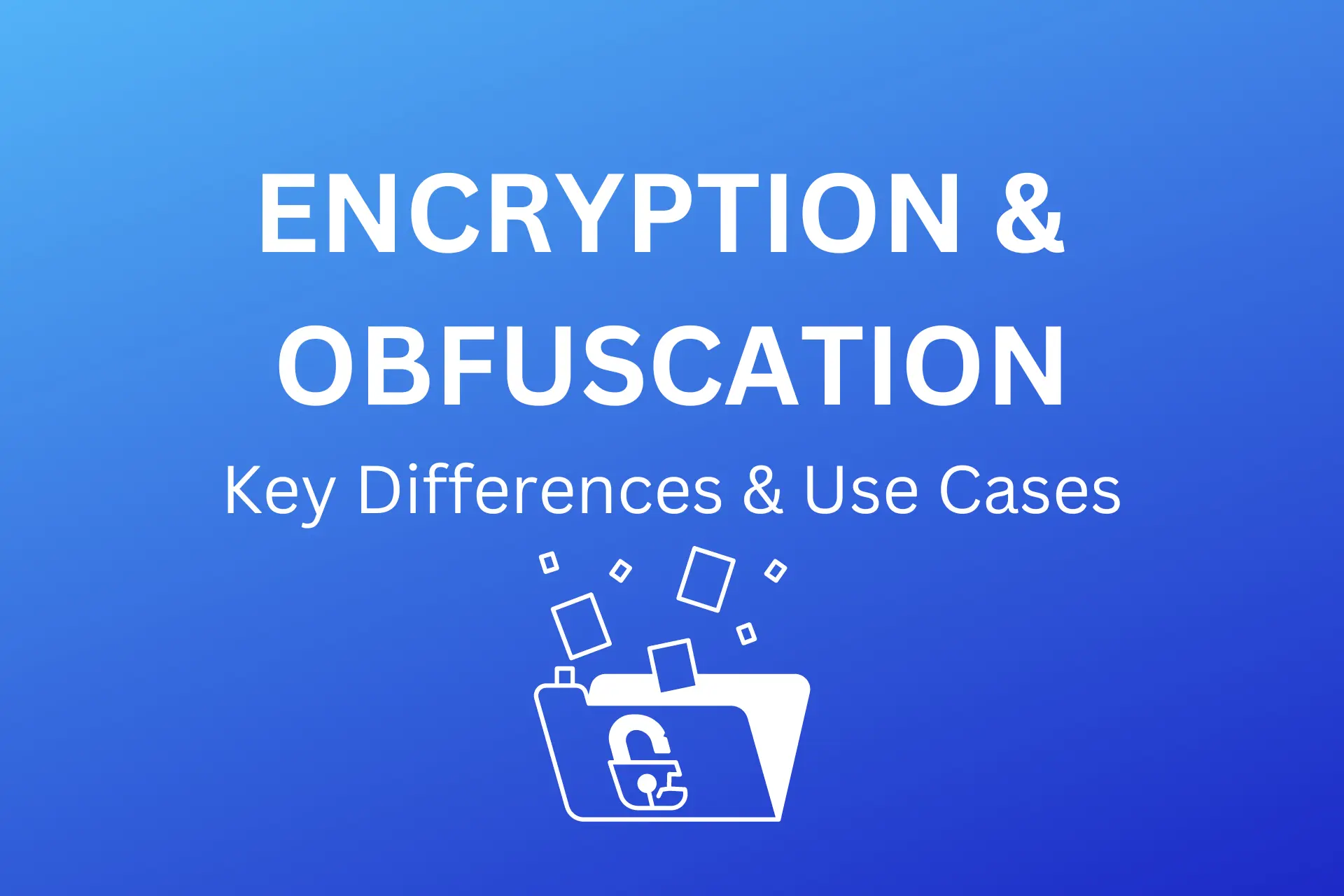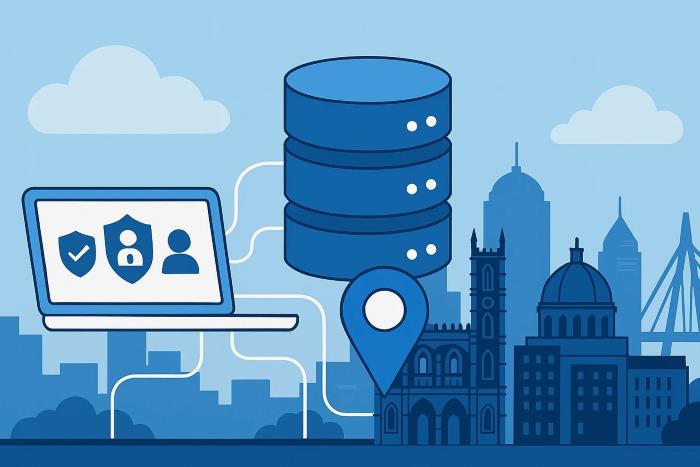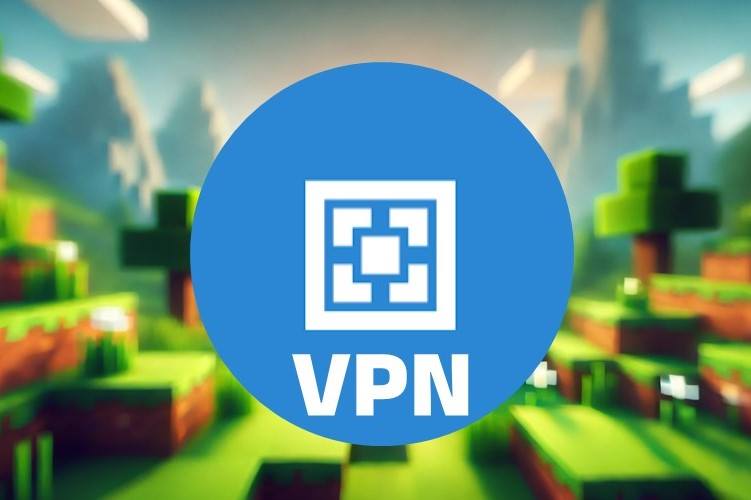Difference Between Data Encryption And Data Obfuscation
5 min. read
Updated on
Read our disclosure page to find out how can you help VPNCentral sustain the editorial team Read more

Data encryption and data obfuscation are techniques to improve online security and data privacy.
They’re protecting sensitive information during transmission or storage, making it difficult for unauthorized users to access and/or understand its content.
Moreover, data obfuscation used by VPNs allows users to bypass censorship, avoid government surveillance, and protect personal information.
Read on to see the difference between data encryption and data obfuscation.
? What is data encryption?
Data encryption is the process of converting plaintext (unencrypted) data into an unreadable form (ciphertext) using a complex algorithm.
Therefore, it ensures that sensitive data remains secure, even if an unauthorized party intercept or steal it.
Also, it typically involves using a cryptographic key to encrypt and decrypt data.
The key is a string of characters that convert the plaintext data into ciphertext and vice versa.
For example, if you use an encrypted connection to search for “best pizza in Texas” on Google, someone who tries to intercept your search will see an unreadable format like:
CJ8q5Wm93z9jKpx+KG/XvazYJZKd/7LR/5zN/5f8=
However, the algorithm’s complexity and the cryptographic key’s length determine the encryption’s strength.
There are two encryption techniques: symmetric encryption and asymmetric encryption.
- Symmetric encryption uses the same key for encryption and decryption, while asymmetric encryption uses a public key for encryption and a private key for decryption.
- People typically use asymmetric encryption for secure communications, such as on email, while they use symmetric encryption for data storage and transmission of data.
Data encryption is an essential component of VPN technology and is used to ensure the privacy and security of online communication.
?️What is data obfuscation?
Data obfuscation is the process of disguising sensitive data so that it is no longer recognizable without necessarily encrypting it.
Therefore, people often use it to protect data that is not highly sensitive but still needs protection from casual observation or unauthorized access.
However, it can take many forms, including replacing sensitive data with placeholder characters and rearranging the order of data elements.
In some cases, obfuscation may involve adding noise to the data to make it more difficult to discern.
→ One example of obfuscation is using a one-time password (OTP) for authentication.
An OTP is a password generated for single use and then discarded to ensure information security.
Usually, the system sends it to the user’s mobile device or email address, ensuring that an unauthorized party does not intercept it.
→ When it comes to VPN providers, they offer obfuscated servers to provide an additional layer of privacy and security on the internet.
Obfuscation makes it difficult for network filters to detect VPN traffic by making it look like regular internet traffic.
VPN providers achieve obfuscation in various ways, such as using Stunnel, Shadowsocks, or Obfsproxy. All of these are different ways to make your data hard to track down.
Main differences between data encryption and data obfuscation
The following are the key differences between data encryption and data obfuscation.
| Data encryption | Data obfuscation |
| Encryption ensures that data is entirely unreadable unless the authorized recipient has the cryptographic key to decrypt it. | Obfuscation merely disguises the data, making it more difficult to recognize but not necessarily impossible to decode. |
| Encryption is typically used to protect highly sensitive data, such as financial data or personal identifying information. | Obfuscation is more commonly used to protect data that is less sensitive, but that still needs to be protected from casual observation or unauthorized access. |
| Encryption requires specialized software and algorithms such as AES and RSA to ensure data is securely encrypted and decrypted. | Obfuscation is a more straightforward process that can be accomplished through various methods, including simple character replacement or rearrangement of data elements. |
| Encryption can be more challenging than obfuscation, as it requires specialized software and the management of cryptographic keys. | We can accomplish data masking through simple obfuscation techniques, such as replacing sensitive data with placeholders or using a codebook. |
Encryption involves using mathematical algorithms and keys to convert data into an unreadable format, whereas obfuscation deploys diverse methods to make data less identifiable.
By distinguishing between the two, companies can select the appropriate approach to safeguard their sensitive data.
Which one to use?
Data encryption and obfuscation are two techniques for your digital privacy but they are suitable for different scenarios.
Moreover, when choosing between both, these are factors to consider:
- Security needs: If you need to protect highly sensitive data from unauthorized access, then encryption is likely the better choice.
- Usability of data: How frequently the data needs to be used and who needs access to it determines the technique to use. Encryption can make the data difficult to use, whereas obfuscation makes it less recognizable but still usable.
- Regulatory compliance: Certain regulations may require specific data protection measures. In some cases, you’ll be allowed to use encryption but not obfuscation or vice versa.
- Cost: Encryption can be more expensive than obfuscation, requiring specialized software and hardware.
- Performance impact: When dealing with large amounts of data, encryption can be more resource-intensive and can slow down system performance.
- Scalability: Encryption is difficult to scale for large amounts of data, whereas obfuscation can easily accommodate growing volumes of data.
- User experience: Encryption can make it more difficult for users to access and use the data, whereas obfuscation can be less disruptive to the user experience.
Summary
Data encryption encodes plain text into a coded message that needs a decryption key. It protects sensitive data during storage or transmission.
On the other hand, people often use data obfuscation along with encryption for extra security because it alters the structure of sensitive information.









User forum
0 messages